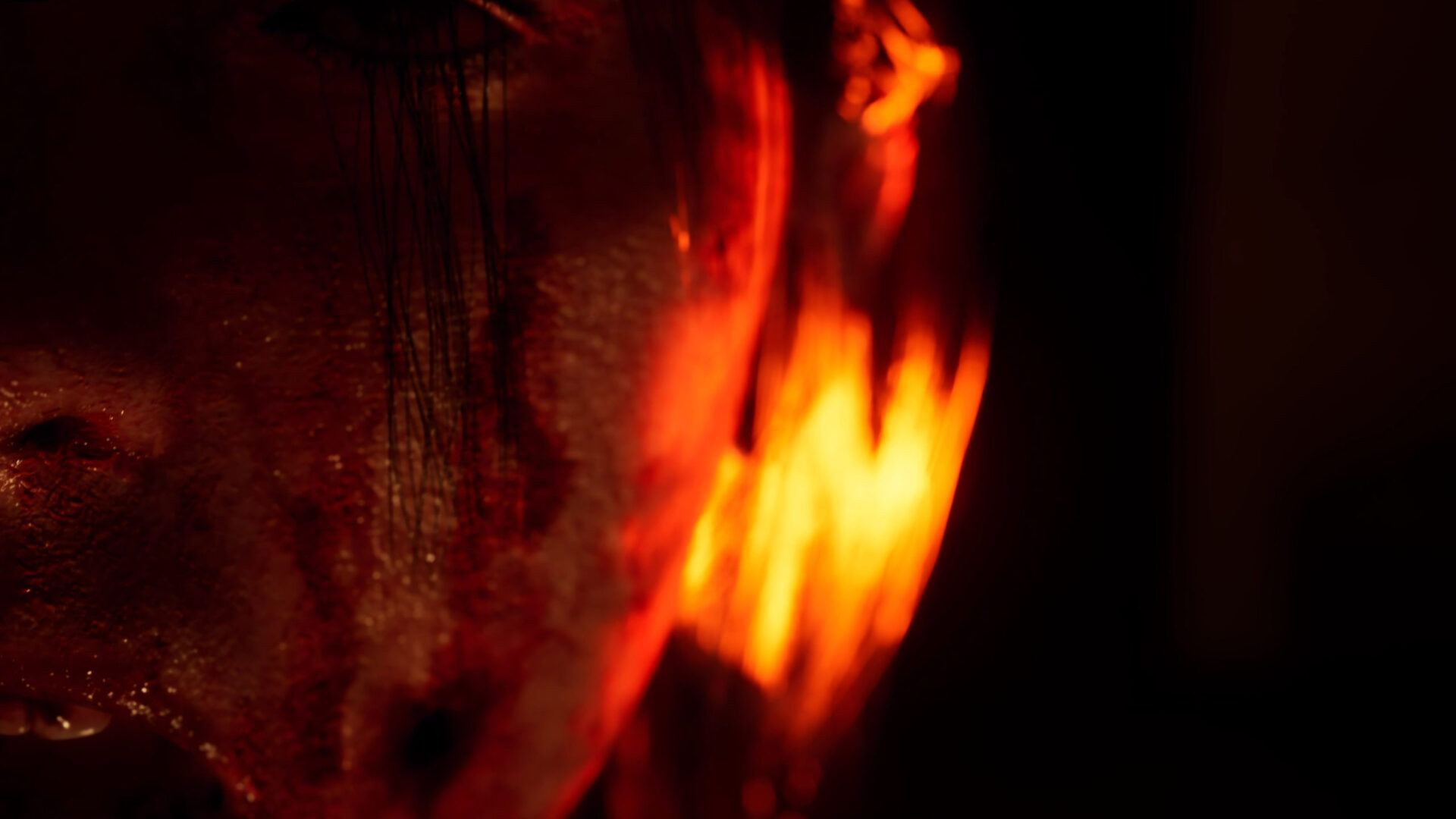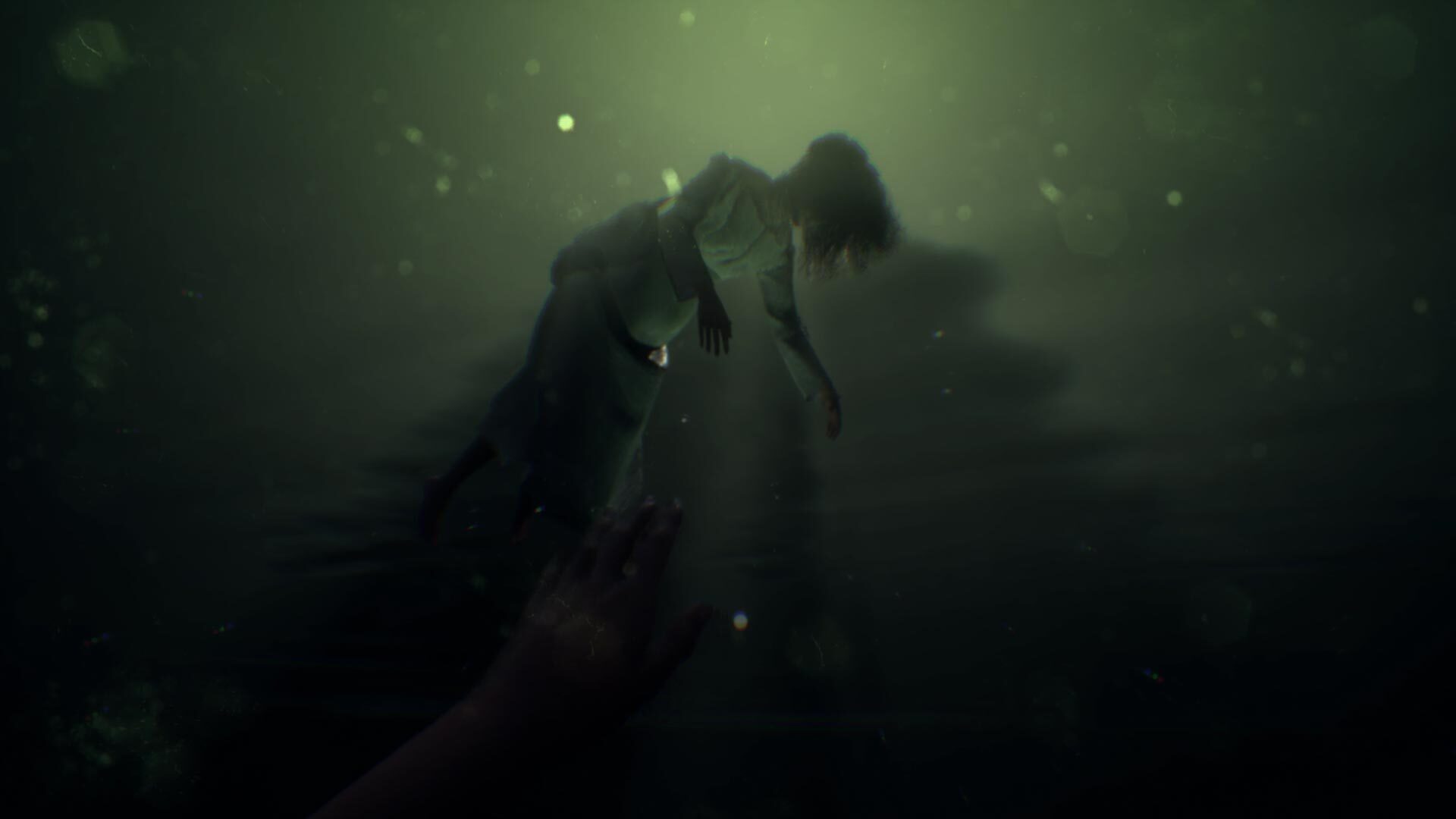There’s the adage that any press is good press, and Martha is Dead publisher Wired Productions sure took this saying to heart when it announced that the PlayStation 5 and PlayStation 4 versions of the game would be censored by having to remove the interactive aspects of certain disturbing scenes. The story about this censorship could easily be the first time that many people had even heard of Martha is Dead, and having a game in the psychological thriller genre with content that’s so disturbing that Sony deemed it inappropriate for players to engage with could be a selling point for a certain type of audience.
Having played my review copy of Martha is Dead on PC, I can only make an educated guess as to which scenes developer LKA changed, and there are many to choose from. In fact, one of them is literally the most disturbing thing I’ve ever seen in a video game—and no, it’s not the one that you could experience in the demo. But I also think that, in some ways, the controversy serves as a distraction from the fact that Martha is Dead is a bad game.
Part of the reason why Martha is Dead ended up being such a disappointing experience is because it starts off so strongly. Set in 1944 Italy, the story follows a young woman named Giulia K., the half-Italian daughter of a Nazi general and twin sister of Martha. Martha became deaf after suffering an accident in childhood, and both the twins’ mother—and Giulia herself—come to blame Giulia for the accident. Because of her mother’s hatred for her, Giulia spent much of her childhood with her nanny, who often told the girl a story about the White Lady—a ghostly figure doomed to haunt the lake near Giulia’s home after her lover murdered her under false pretenses. Years later, with the war entering its climactic moments in the background, Giulia is out at the lake taking photographs when she finds her sister’s dead body floating in the water. She wades out to retrieve the body, and when her parents show up, Giulia decides to assume the identity of her sister instead of telling her parents—specifically the mother that hates her—the truth.
Can you ask for a better setup for a psychological thriller? Nazi dad! Stolen identity! Creepy parallels between a ghost story and a murder! In fact, it seems like such a solid setup that it’d be nearly impossible to mess up. Yet the rest of Martha is Dead gives up on the best parts of its story fairly quickly, reducing the game to another boring, overwritten narrative about an unreliable protagonist while also somehow having a misguided approach to discussing incredibly sensitive topics of mental health and psychosis.

Early on, LKA seems to deliver on the promise. The main gameplay mechanic involves taking pictures with an old-school twin-lens reflex camera and using different kinds of films, apertures, and shutter speeds to piece together the clues of Martha’s death. It’s cool enough that the actual steps of photography are used as a puzzle-solving gameplay mechanic, but you get to develop the pictures, too. While this process is pretty dumbed down for the sake of gameplay, it does lead to some really interesting reveals of what the camera actually caught. The game also includes a few gameplay moments of Giulia having to pretend to be Martha that only end up serving as a taste of what could have been a much better and more interesting game.
I can’t really explain why Martha is Dead’s story is so disappointing without spoiling pretty much anything, but it’s almost as if the game’s writers didn’t have any intention of continuing the story once it starts. One character who could have added a lot of complexity to the plot is merely killed off-screen moments after her induction into the story in an anticlimactic voice over. The challenge that Giulia faces in both pretending to be Martha while also solving her murder is undermined for no discernible reason other than the writers didn’t feel like following that thread to its fullest conclusion. And while the backdrop of the war adds some interesting context and story beats to the main mystery of Martha’s murder, the game ends up juggling way too many elements without finding a way to connect them in a way that’s thematically satisfying. Instead, it ends up relying on the much less interesting trope of a narrator that may or may not be suffering from intense psychosis.
Beyond that, Martha is Dead introduces way more gameplay mechanics than it needs to without fully developing them—no pun intended. While the photography could have served as an ever-evolving foundation for the entire game, I ended up never having to fully take advantage of all the tools it offers, including new lenses and types of film. Likewise, you can perform divinations with tarot cards once an in-game day, but the messages from the cards never seem to really hint at any secrets or new gameplay opportunities, or even predict where the story is going. You can ride a bicycle around the K. family’s villa, but it’s movement and range is severely limited. Finally, a playable puppet show—which is advertised as a “key feature”—only shows up at the very end of the game in a way to deliver backstory. There are weird on-rails moments, some dialogue choices, and a lot of stuff that you can “examine,” but none of these gameplay elements ever end up coming together into a cohesive experience.
As the game went on, I found going from elation at the game’s clever story setup to disappointment to how it was handled, and with the game’s closing moments, I finally landed on disgust. I almost felt like the game itself was gaslighting me. A “sympathetic” message at the end of the game about mental health and knowing that there’s always a light at the end of the tunnel seemed so disingenuous and so condescending, especially given what the game had asked me to do, that I honestly couldn’t believe what I was seeing. If you’re trying to get the message out to people struggling with depression or, god forbid, literal psychosis, it’s probably a bad idea to preface that message with hours of disturbing imagery that could potentially trigger the kind of episode you’re telling people to get help for.
I would never say that Martha is Dead deserves to be censored. But, if a game is going to ask a player to trust that the moments of gruesome and disturbing imagery need to be in a game, then its creators at the very least need to not betray that trust. Unfortunately, that’s exactly what Martha is Dead ends up doing.

|
★★☆☆☆
Martha is Dead starts off strong, with an intriguing story amid a tumultuous backdrop, and a main gameplay mechanic with a ton of room to evolve. Unfortunately, the game squanders every opportunity it has to develop its story or gameplay in interesting ways, instead relying on overplayed tropes and unnecessary mechanics. While Martha is Dead's disturbing imagery might not deserve censorship, its creators betray the trust that it asks of its players, ultimately delivering a shallow experience that does more harm than good. |
Developer LKA Publisher Wired Productions ESRB M - Mature Release Date 02.24.22 |
| Martha is Dead is available on Xbox Series X/S, PlayStation 5, Xbox One, PlayStation 4, and PC. Primary version played was for PC. Product was provided by Wired Productions for the benefit of this coverage. EGM reviews on a scale of one to five stars. | |

Michael Goroff has written and edited for EGM since 2017. You can follow him on Twitter @gogogoroff.